Editor’s note: The following is excerpted from The Awakening of Europe, by M.B. Synge (published 1903)
“To achieve what they have undertaken, or else to give reason wherefore it will not be.”
– Henry Hudson
A Dutch East India Company had been formed, and one of its most daring servants was an Englishman, Henry Hudson. His name can never be forgotten, for it is written large on every map of the world. There is Hudson Bay in North America; Hudson river, on which New York now stands; Hudson Strait,—all of which remind us of one of the bravest and ablest seamen that ever lived. The story of his success in the frozen north, his patient endurance of hardships, and his tragic death in the waters of the bay he himself had discovered, is a thrilling one in the annals of the sea.
Henry Hudson first makes his appearance as a sea-captain in 1607, leaving London with the intention of finding a passage to China by the frozen seas of the north. The merchants of London, in spite of failure, were still bent on finding a northern passage to the lands of spice and gold which were enriching Spain and Portugal. Frobisher and Davis had tried in vain to find a way to the north-west. Other men, notably the Dutchman Barentz and the Englishman Willoughby, had failed to find a passage by the north-east.
Now a bolder scheme arose. Was there a sailor daring enough to sail over the mysterious north pole itself to reach the other side? Yes. Henry Hudson was willing to try. And in a tiny ship, with a scanty crew, he sailed away on his adventurous voyage to the frozen seas. A fortnight later he had reached Greenland. The weather was thick and foggy, and his sails and ropes were soon frozen hard. He tried to sail to the north, but a barrier of ice blocked his way. Sailing along this barrier he reached Spitzbergen. Again and again he tried to find a way through the ice and snow to reach the north pole. But winter was coming on, he had already explored farther north than any one else, and he reluctantly turned homewards. Among other pieces of news, he brought home information of the whales he had seen in the seas about Spitzbergen, thus starting the whale-fishing, which was a great source of wealth to England.
A second expedition failed to discover any possible passage to China, though Hudson reached Nova Zembla and explored that region. The sailors brought back a story of how they had seen a mermaid. She came close to the ship’s side, they said, and looked earnestly at them. Then the sea came and overturned her. Her skin was white, and long black hair hung down behind. As she went down they saw her tail, which was like the tail of a porpoise and speckled like a mackerel. The creature they saw was probably a seal, but the idea took the fancy of the poets and story-tellers.
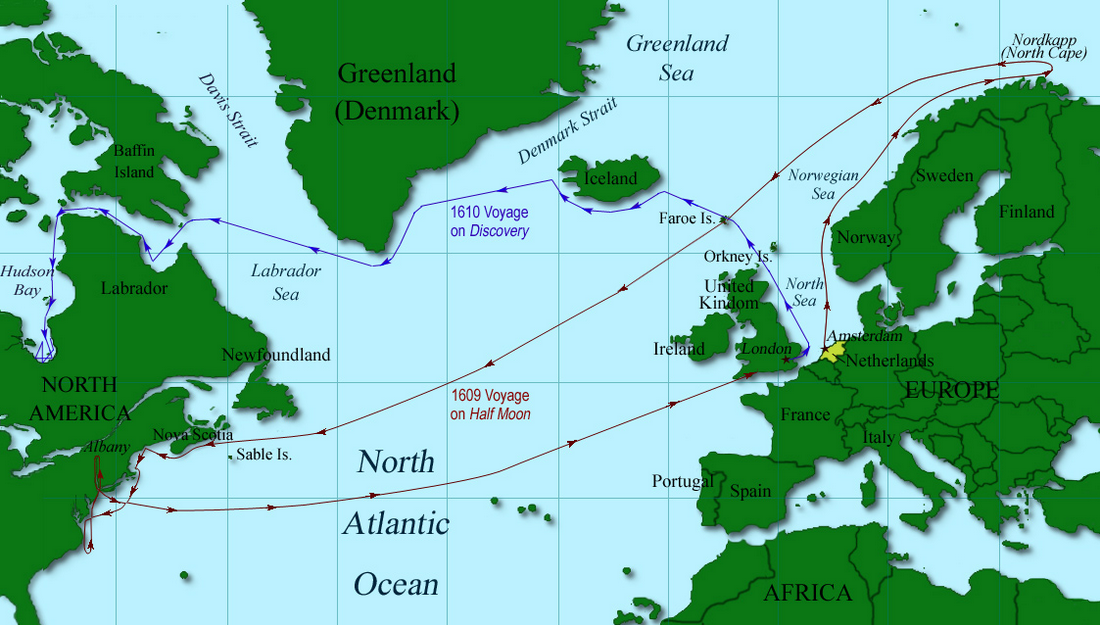
Hudson’s third voyage was made in the service of the Dutch East India Company. He left Amsterdam in a ship called the Good Hope, with a crew of mixed English and Dutch. Failing to get farther to the north, Hudson sailed for the shores of North America. Having touched at Newfoundland and seeing “a great fleet of Frenchmen fishing on the bank,” he sailed along the coast, partly looking for the English colony of Virginia, partly seeking some passage to the west. While cruising thus he discovered the Hudson river. Here is his own account:
“The sun rose and we saw the land all like broken islands. We then came to a great lake of water, looking like a drowned land. The mouth of that land hath many shoals, and the sea breaketh on them. It is a very good land to fall in with, and a pleasant land to see. At 3 of the clock in the afternoon we came to three great rivers, where we saw many salmons and mullets, very great.
“We found a very good harbour, and went in with our ship. Then we took our nets to fish, and caught ten great mullets and a ray as great as four men could haul into the ship. The people of the country seemed glad of our coming and brought green tobacco. They dress in deer-skins. They have a great store of maize, whereof they make good bread. We now turned into the river. It is a mile broad, and there is high land on both sides.”
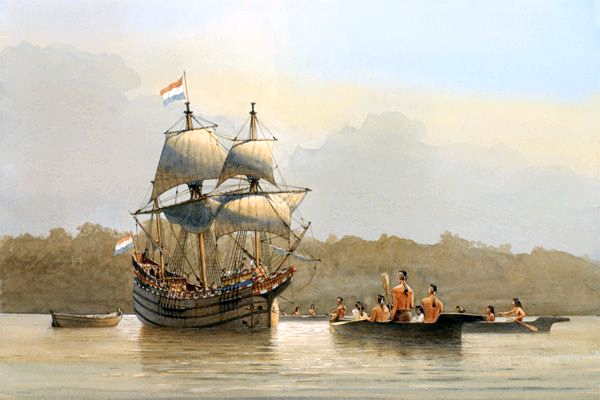
Sailing, rowing, and fishing, anchoring by night to keep a careful watch on the treacherous natives, Hudson went some hundred miles up the great river that was to bear his name—the river on which to-day stands New York, the largest city in America.
He brought home news, too, of an opening to the west, which he wished to explore farther.
Yet a fourth time we find Hudson leaving home. This time in an English ship called the Discovery, which brought him safely to the other side of the Atlantic Ocean. It was for the last time. He had intended to strike the coast of America near the Hudson river, but contrary winds and icebergs drove the ship out of her course, through an unknown strait, into a great inland sea. Both of these waters still bear the explorer’s name—Hudson Strait and Hudson Bay.
Day after day the little ship sailed on, but no opening could be seen by which they could escape from the ice-bound sea which they had unknowingly entered. For three months they tried, but in vain. Then winter overtook them. “The nights were long and cold and the ground was covered with snow.” Food was scarce and the sailors grew dissatisfied. The ice broke up at last, and Hudson still hoped to find a passage to the west. But now the sailors rose in mutiny.

“We would rather be hanged at home than starved abroad,” they cried drearily. In order to make the food last longer they bound their brave captain and forced him with his son and a few sick men into an open boat. And then, amid that icy sea, far away from friends and home, with no food and no human help, they cast Henry Hudson adrift. At the last moment the carpenter sprang into the drifting boat, resolved to die with his captain rather than desert him. The little boat and its starving crew were never heard of again. Henry Hudson, one of the bravest and most daring of English seamen, must have found a grave in the icy waters of the very inland sea he had discovered.
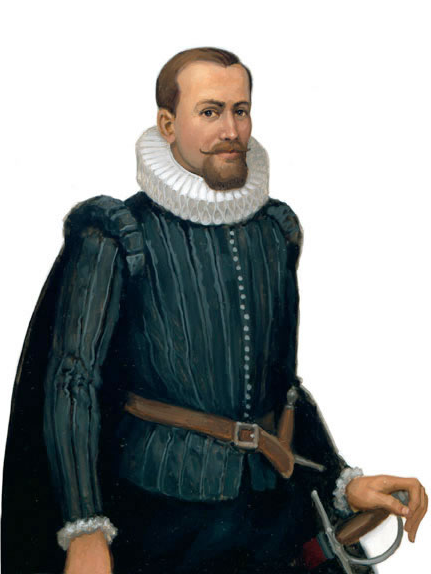
He had done much. He gave to England the fisheries of Spitzbergen and the fur-trade of Hudson Bay, as well as the vast tract of country between that bay and the Pacific Ocean. He gave to Holland the colony at the mouth of the Hudson river, which they called New Amsterdam, but which under the English became New York, its name to-day.
One more expedition was made some six years later, and then for two hundred years the lonely solitude of those ice-bound regions remained unbroken.
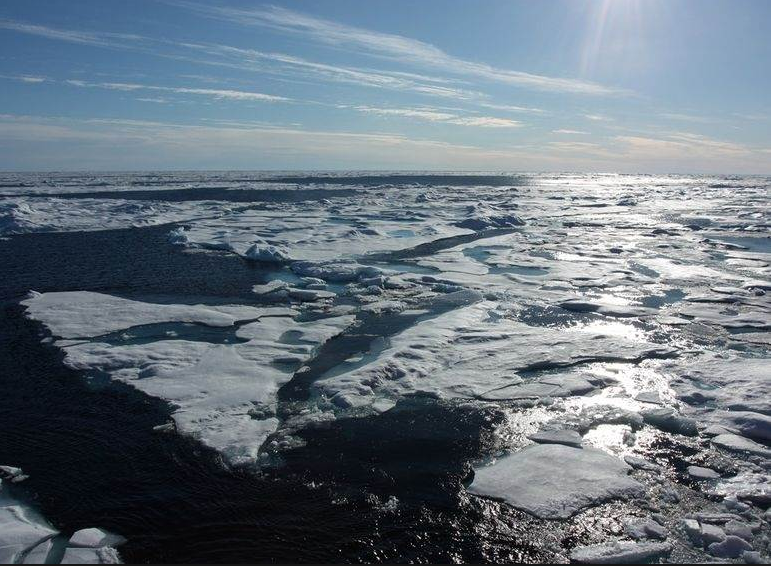

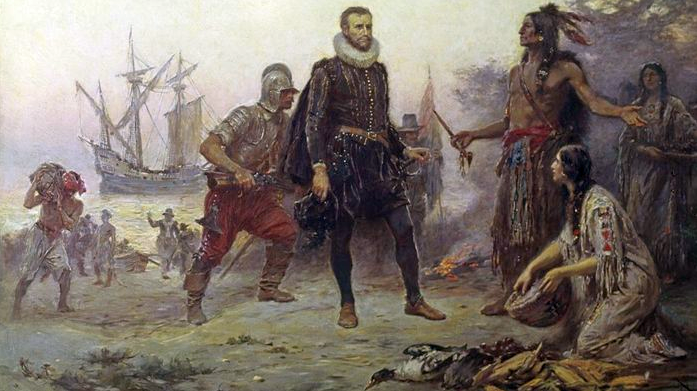


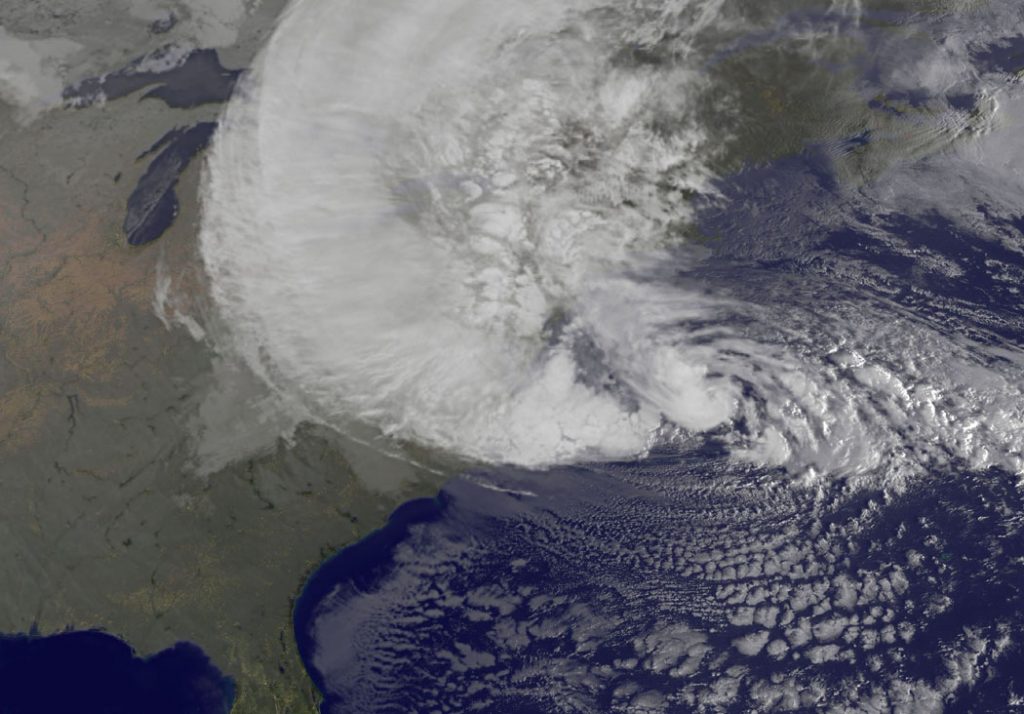
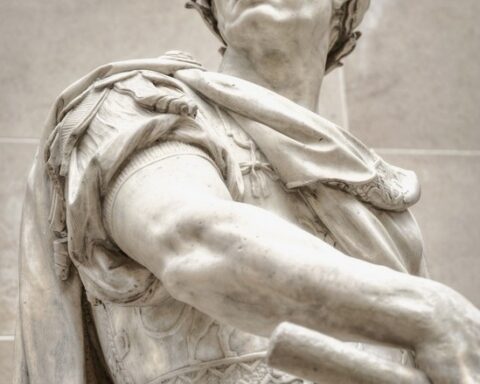
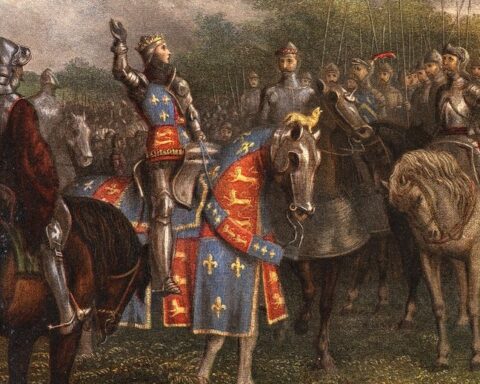
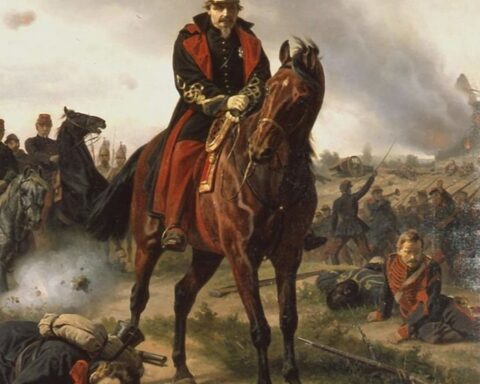
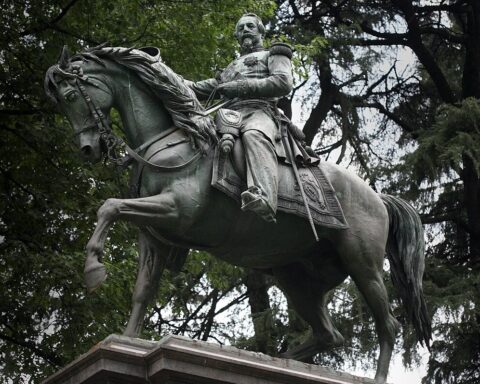
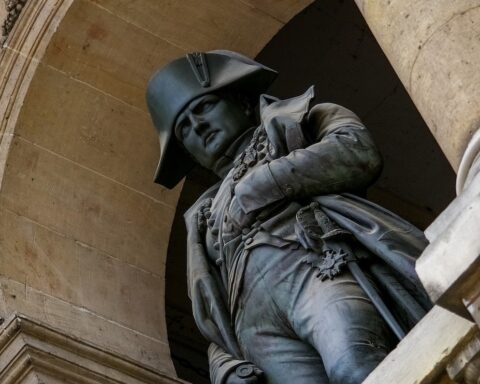
5